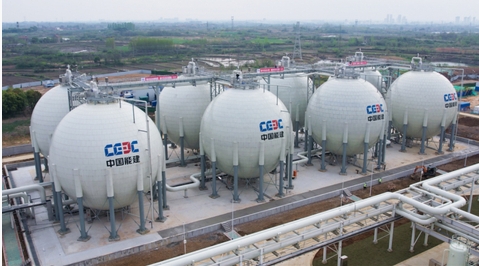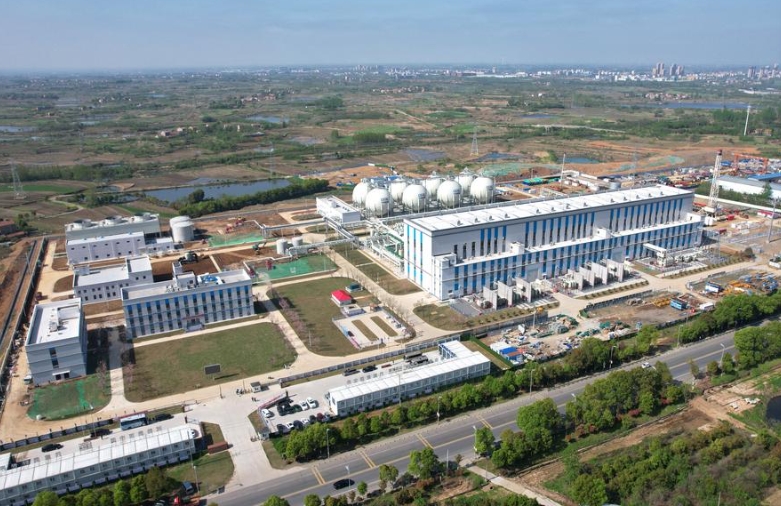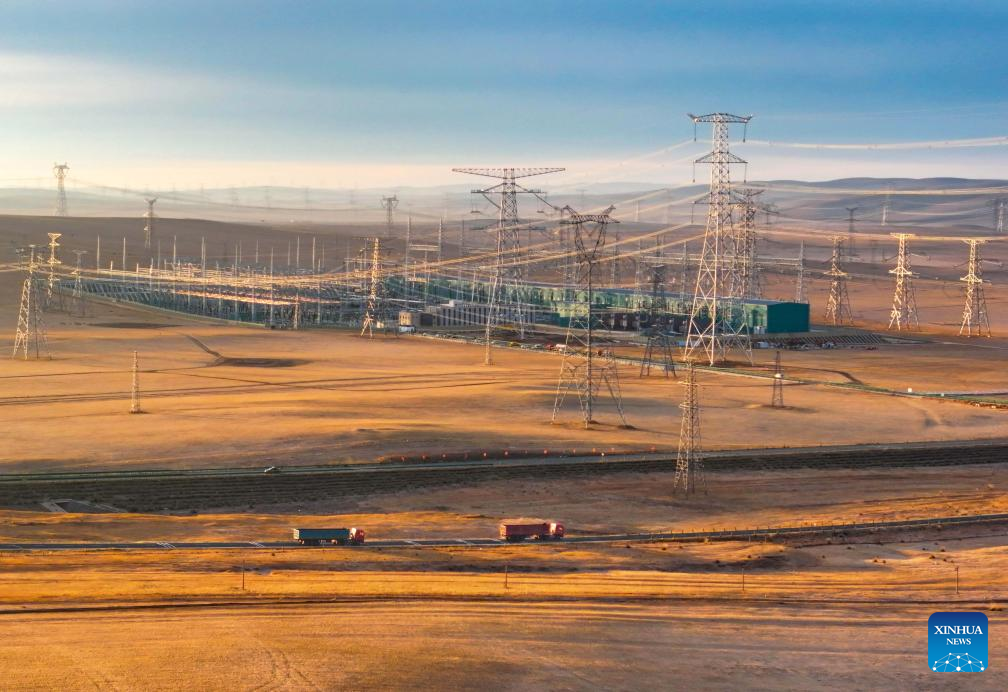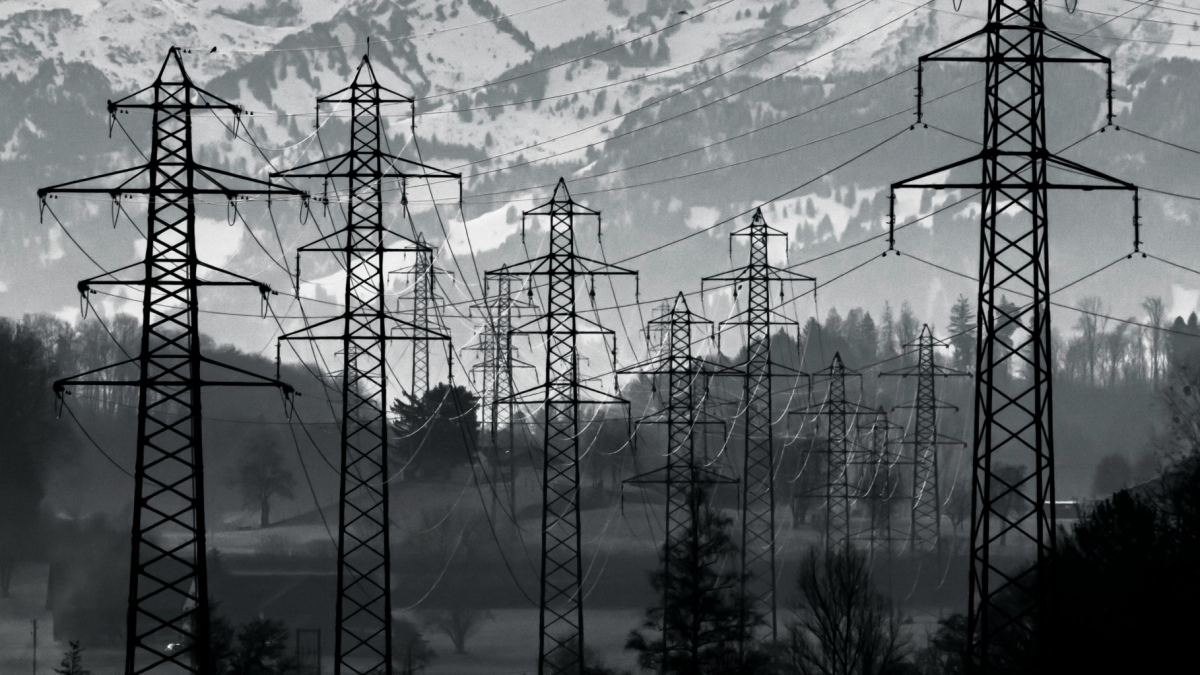
ISTOCK, HXDYL
In a study, published in the KeAi journal Energy and Built Environment, researchers at China’s Shanghai Jiao Tong University outline a new process that reduces one of the greatest issues around thermal energy storage and transmission—heat loss to ambient air temperatures—by up to a third.
Corresponding author Zhenyuan Xu, an associate professor at the university’s Institute of Refrigeration and Cryogenics, explains: “Right now, the most commonly-used technology for thermal energy storage and transmission is hot water. However, as the temperature of the water must be higher than the ambient, inevitably there is heat loss. This problem grows when we need to store thermal energy for a long period, as in the case of seasonal solar energy, or transmit it over long distances; for example, to distant industrial zones.”
According to Xu, one solution developed by researchers is to use a liquid-gas absorption system to store the thermal energy in chemical potential—in other words, the energy is only released when a change in the number of particles is triggered.
But while this system has proved effective, the limited range of working fluids available to support it have become a major constraint. Along with co-author Jintong Gao, Xu tested using absorbents comprised of ionic liquid (IL)—essentially, salt in a liquid state. They were drawn to IL’s many favorable properties, including its ability to draw moisture from the air and low corrosivity.
Gao says: “We found that the energy storage density of IL-based mixtures was around 33 percent greater than other options commonly used today. And, importantly, as the ILs can be manually designed, there are many opportunities to further enhance the effectiveness of this process.”
The pair have also developed a method to help identify effective ILs for use in the system. Gao adds: “We believe that this research could contribute to the decarbonization of thermal energy in the near future.”







